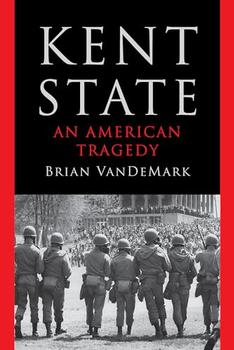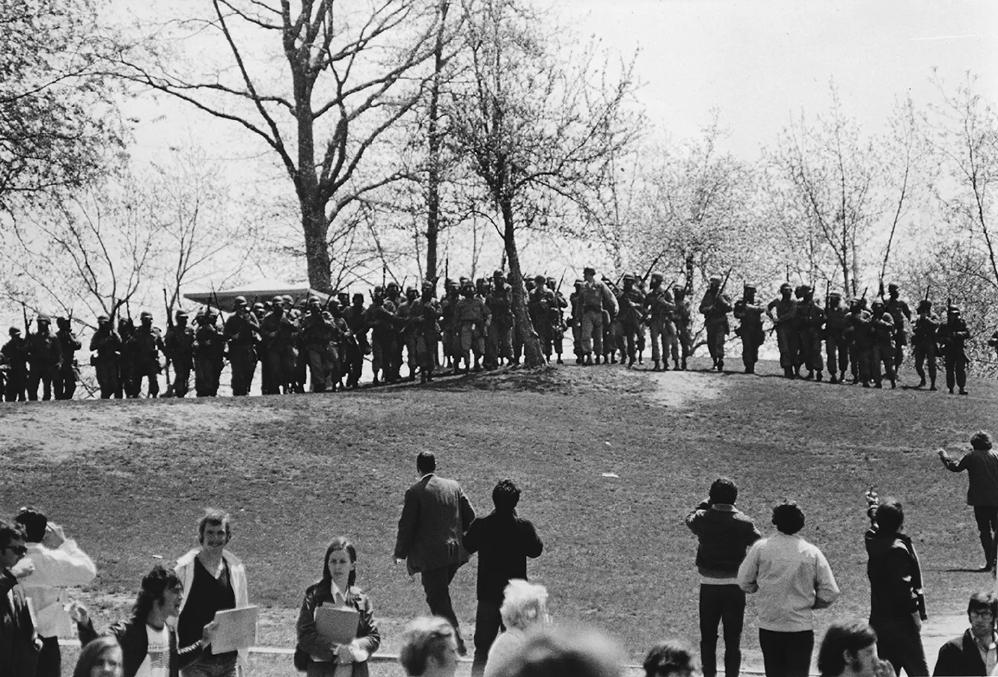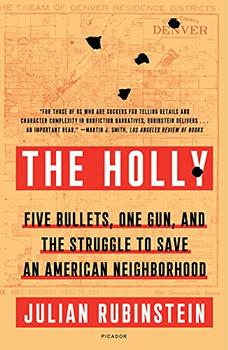Summary | Excerpt | Reviews | Beyond the book | Read-Alikes | Genres & Themes | Author Bio

An American Tragedy
by Brian VanDeMarkA definitive history of the fatal clash between Vietnam War protestors and the National Guard, illuminating its causes and lasting consequences.
On May 4, 1970, at Kent State University in Ohio, political fires that had been burning across America during the 1960s exploded. Antiwar protesters wearing bell-bottom jeans and long hair hurled taunts and rocks at another group of young Americans―National Guardsmen sporting gas masks and rifles. At half past noon, violence unfolded with chaotic speed, as guardsmen―many of whom had joined the Guard to escape the draft―opened fire on the students. Two reductive narratives ensued: one, that lethal state violence targeted Americans who spoke their minds; the other, that law enforcement gave troublemakers the comeuppance they deserved. For over fifty years, little middle ground has been found due to incomplete and sometimes contradictory evidence.
Kent State meticulously re-creates the divided cultural landscape of America during the Vietnam War and heightened popular anxieties around the country. On college campuses, teach-ins, sit-down strikes, and demonstrations exposed the growing rift between the left and the right. Many students opposed the war as unnecessary and unjust and were uneasy over poor and working-class kids drafted and sent to Vietnam in their place. Some developed a hatred for the military, the police, and everything associated with authority, while others resolved to uphold law and order at any cost.
Focusing on the thirteen victims of the Kent State shooting and a painstaking reconstruction of the days surrounding it, historian Brian VanDeMark draws on crucial new research and interviews―including, for the first time, the perspective of guardsmen who were there. The result is a complete reckoning with the tragedy that marked the end of the sixties.
VanDeMark sets out to tell the story of the Kent State shooting from multiple perspectives, "without taking sides," using previously untapped archival documents and interviews with those who were there. The result is a cogent, clear-eyed, and almost minute-to-minute account of the chaos that erupted when young people on both sides of an American cultural divide squared off on the quad of Kent State... May 4th, the "tragic day," is exhaustively covered with nerve-shredding tension as VanDeMark describes the chaos and confusion that swirled around the Guard regiments...continued
Full Review
 (627 words)
(627 words)
(Reviewed by Peggy Kurkowski).
Of all the unsettling photos taken at Kent State University on May 4th, 1970, one of them became the iconic image of unthinkable tragedy. In this photo, twenty-year-old student Jeff Miller lies face down bleeding as fourteen-year-old Mary Ann Vecchio screams in horror over his body. The photographer was KSU student John Filo, and the future Pulitzer Prize-winning photo ran three columns wide on the next morning's New York Times, according to historian Brian VanDeMark in Kent State: An American Tragedy. With its dramatic content, composition, and Vecchio's wailing pose, the photograph has been called the "Kent State Pietà."

While Filo garnered prestige for his photo, Vecchio had a vastly dissimilar experience that has haunted her...

If you liked Kent State, try these:

by Paul Auster
Published 2025
An intimate and powerful rumination on American gun violence by Paul Auster, one of our greatest living writers and "genuine American original" (The Boston Globe), in an unforgettable collaboration with photographer Spencer Ostrander

by Julian Rubinstein
Published 2022
An award-winning journalist's dramatic account of a shooting that shook a community to its core, with important implications for the future
Children are not the people of tomorrow, but people today.
Click Here to find out who said this, as well as discovering other famous literary quotes!